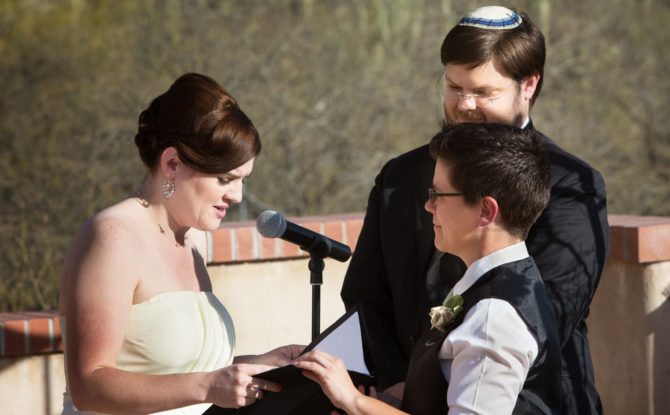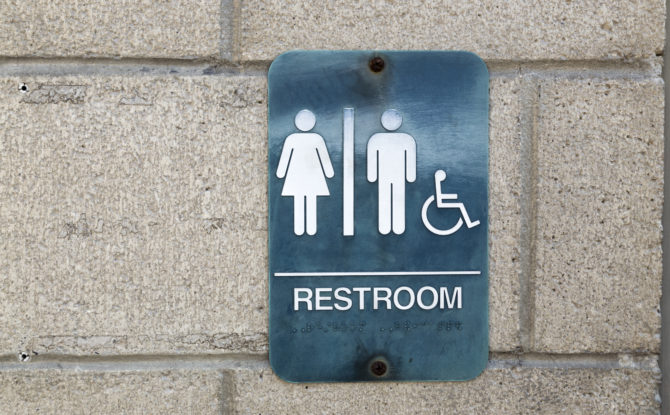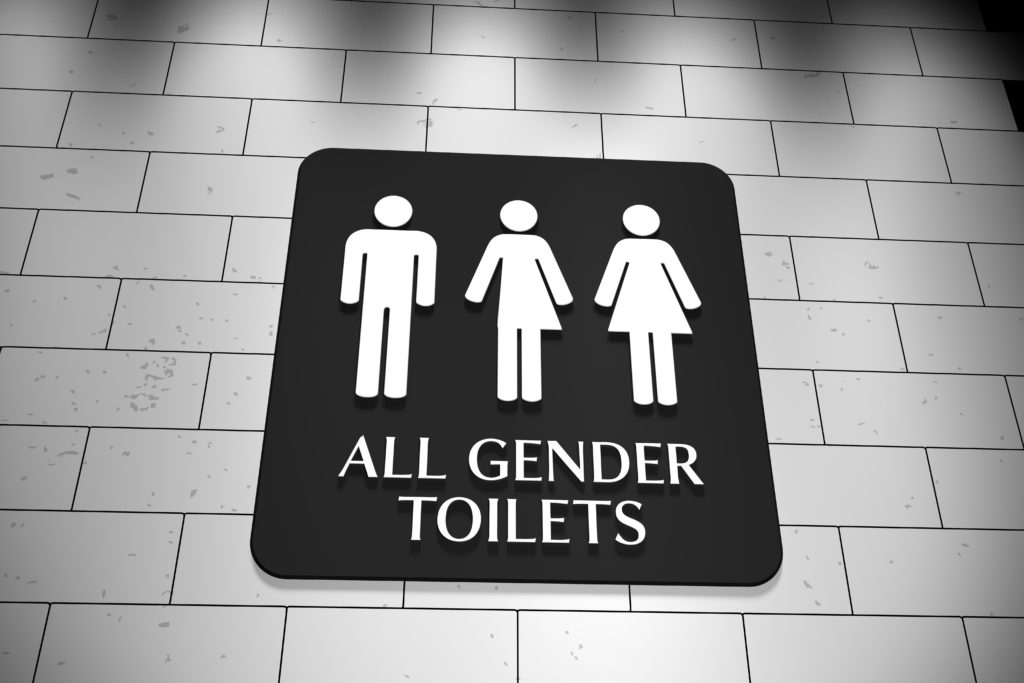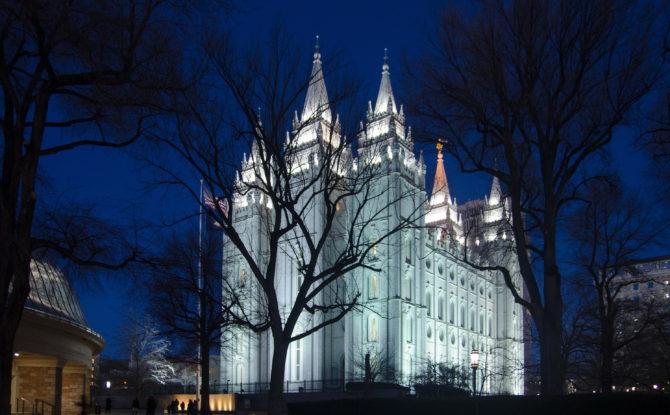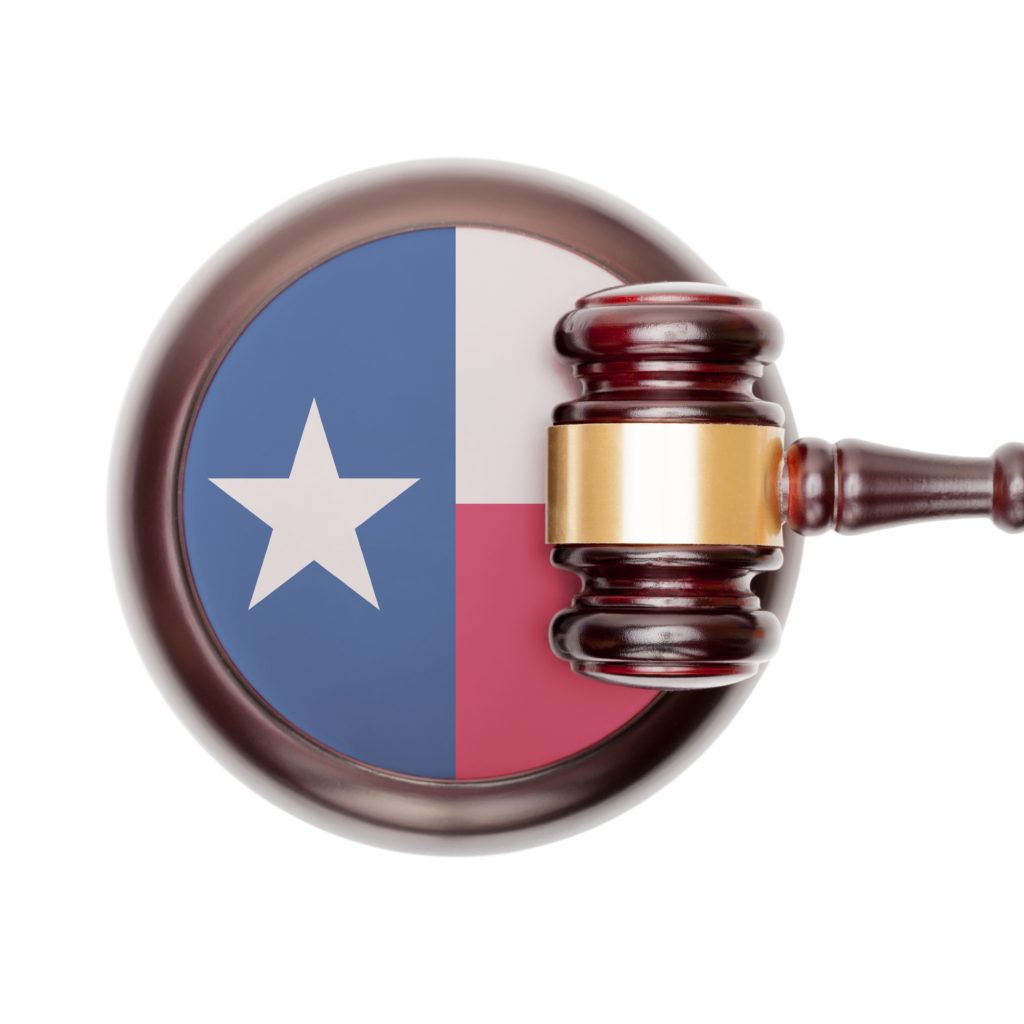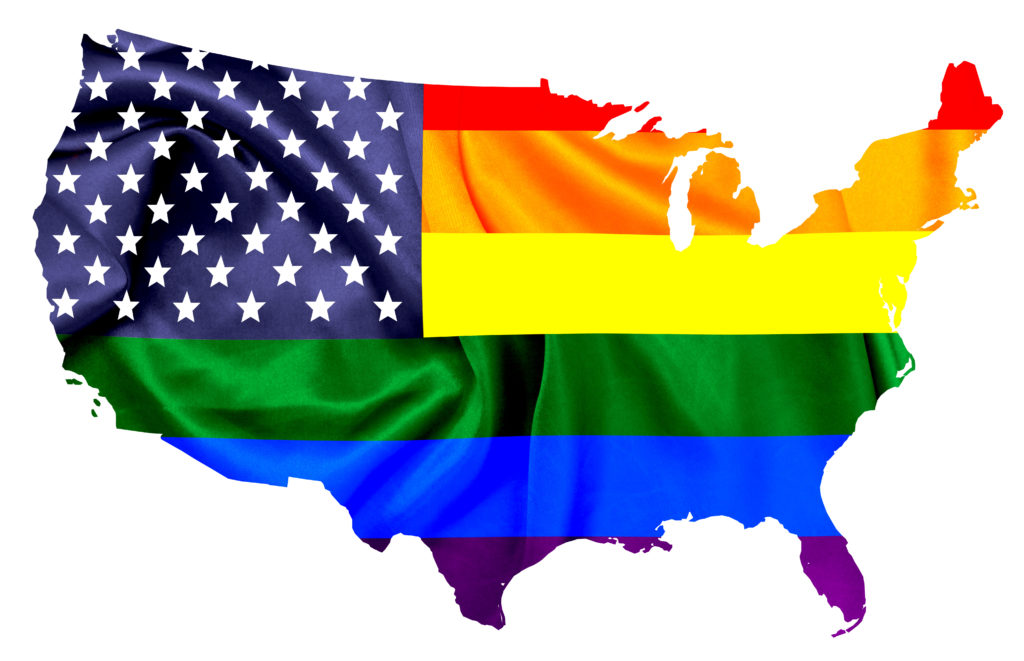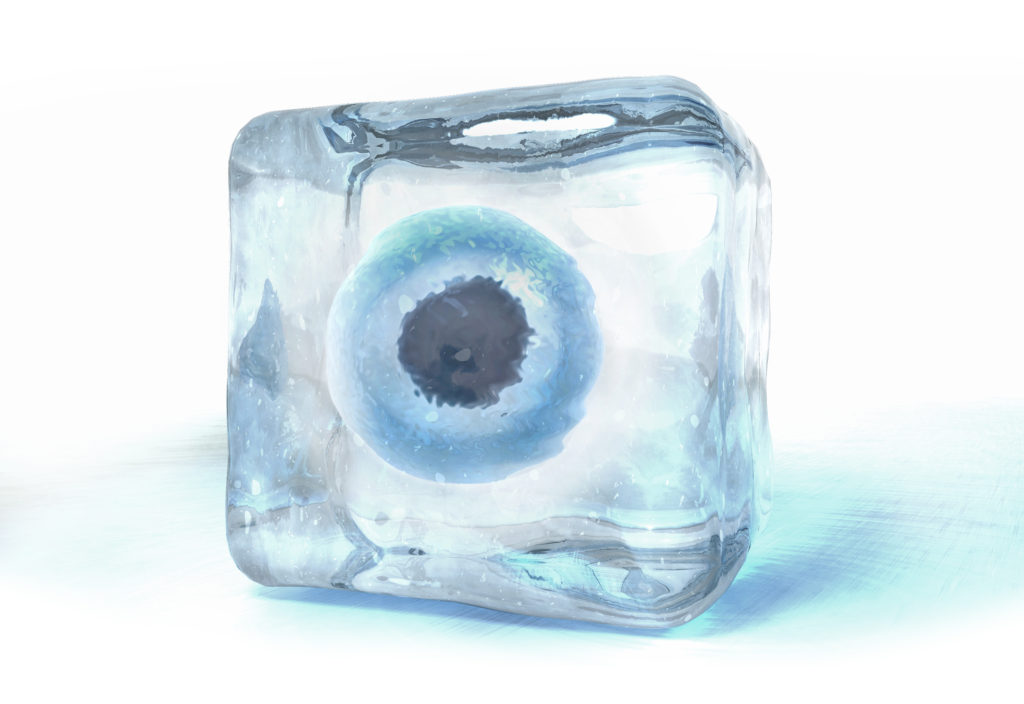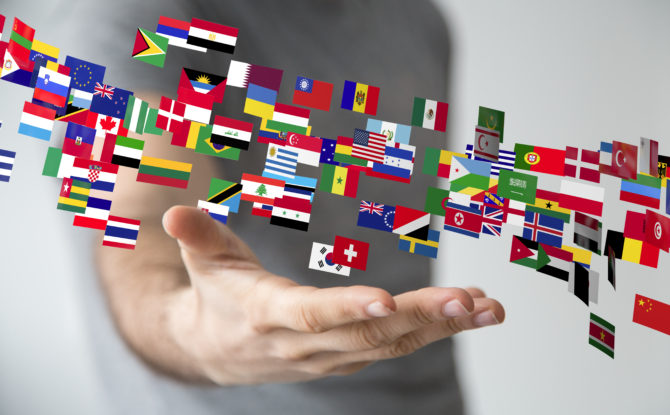This study analyzes the relationship between social inclusion of lesbian, gay, bisexual, and transgender (LGBT) people and economic development.

It uses legal and economic data for 132 countries from 1966 to 2011. Previous studies and reports provide substantial evidence that LGBT people are limited in their human rights in ways that also create economic harms, such as lost labor time, lost productivity, underinvestment in human capital, and the inefficient allocation of human resources. This analysis uses a fixed effects regression approach and a newly-created dataset – Global Index on Legal Recognition of Homosexual Orientation (GILRHO) – to assess how these detriments are related to the macroeconomy. Our study finds that an additional point on the 8-point GILRHO scale of legal rights for LGB persons is associated with an increase in real GDP per capita of approximately $2000. A series of robustness checks confirm that this index continues to have a positive and statistically significant association with real GDP per capita after controlling for gender equality. In combination with the qualitative evidence from previous studies and reports, our quantitative results suggest that LGBT inclusion and economic development are mutually reinforcing. Also, a back-of-the-envelope estimate suggests that about 6% to 22% of the finding could reflect the costs to GDP of health and labor market stigmatization of LGB people. Results from this study can help to better understand how the fuller enjoyment of human rights by LGBT people can contribute to a country’s economic development.
ScienceDriect.com, April 11, 2019
Click here for access to the study.




